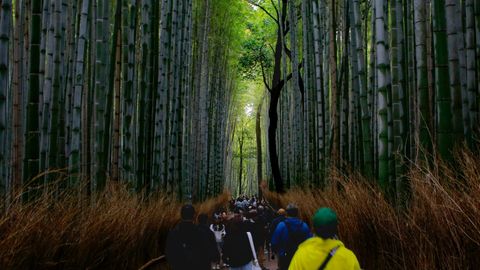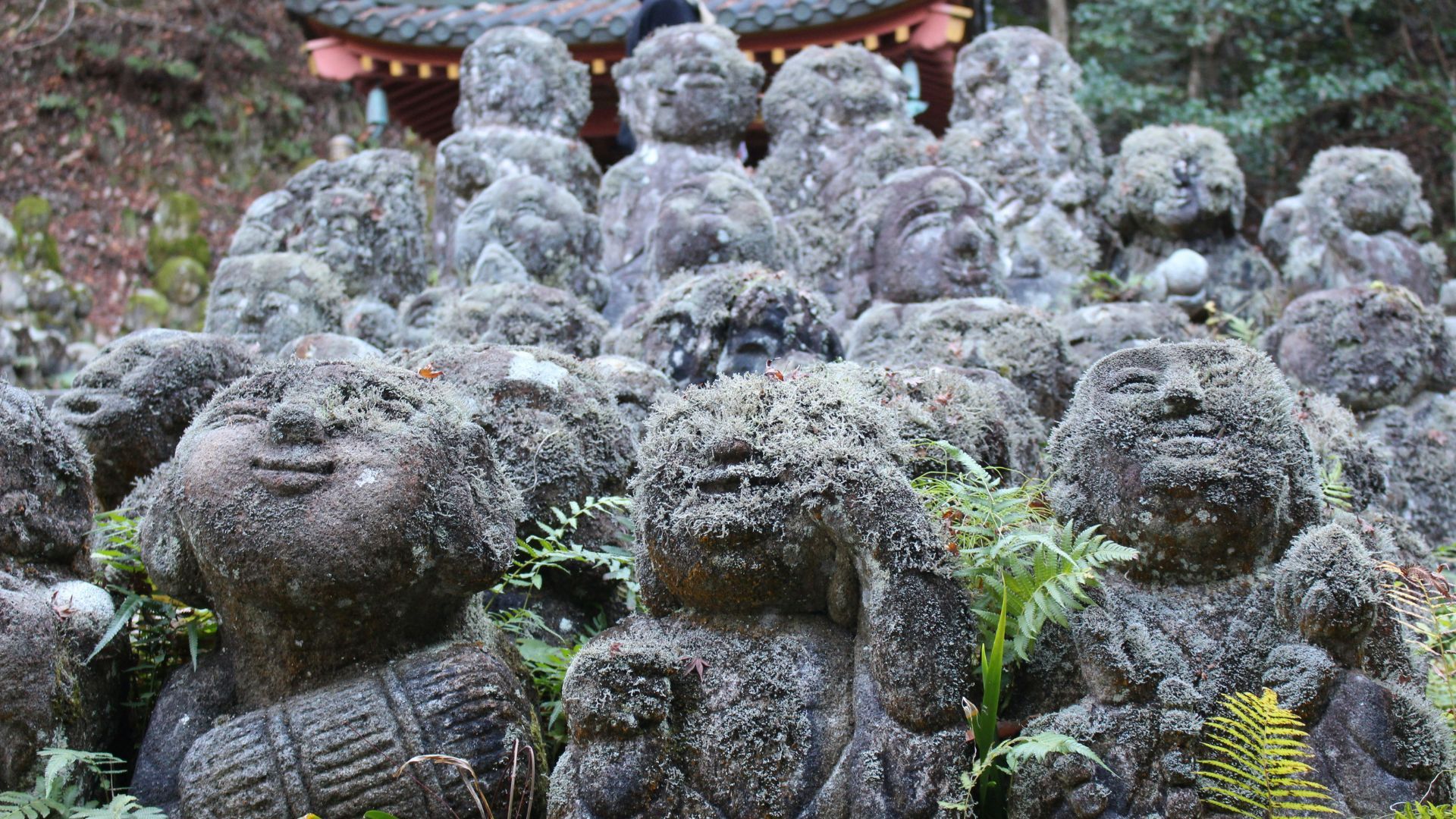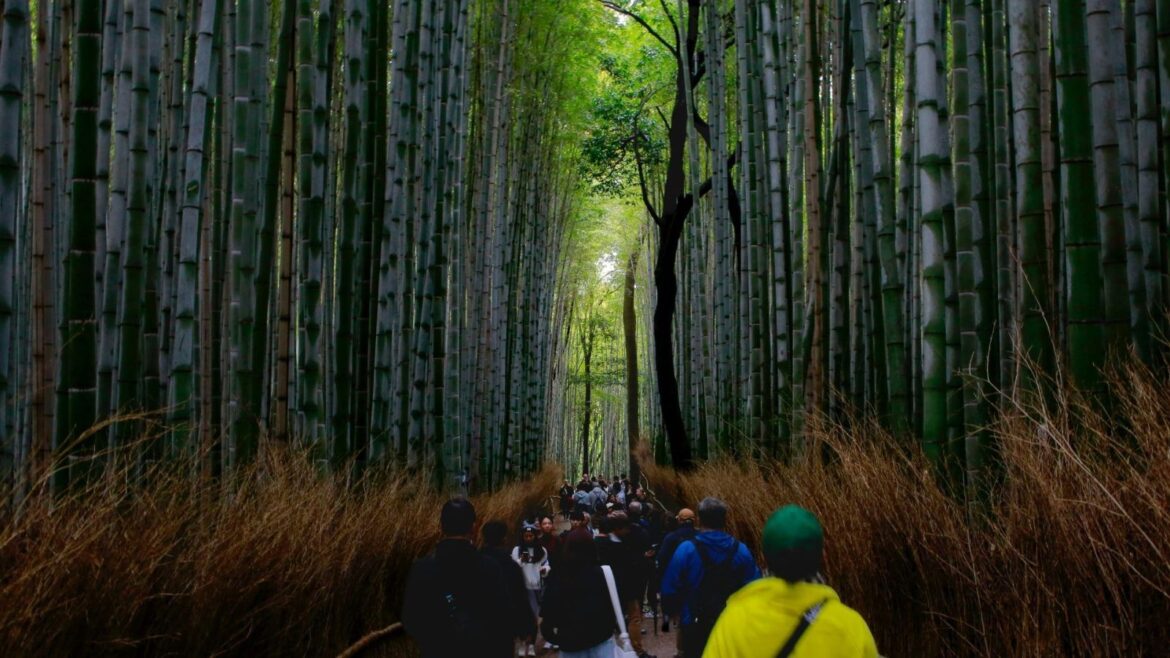
Arashiyama Bamboo Forest, Kyoto | Image credit: Bo Zhang/Unsplash
The Japanese city of Kyoto will significantly increase its hotel tax in 2026, aiming to curb overtourism and fund crucial infrastructure improvements. The maximum hotel tax will jump to a hefty 10,000 JPY (INR 5,508) per person per night for luxury accommodations exceeding 100,000 JPY (INR 55,078) in Kyoto.
This move comes as the city grapples with a surge in visitors following the pandemic. While tourism revenue has soared, reaching a record JPY 5.2 billion (INR 2.8 billion) in fiscal 2023, concerns about overcrowding in the Japan city and the impact on its residents have grown.
A new wave of tourist taxes in Kyoto
 Otagi Nenbutsuji Temple, Kyoto | Image credit: Deepavali Gaind/Unsplash
Otagi Nenbutsuji Temple, Kyoto | Image credit: Deepavali Gaind/Unsplash
Kyoto joins other major Japanese cities, including Tokyo, Osaka, and Kanazawa, and other regions, such as Atami and Akaigawa Village, in implementing accommodation taxes. Mayor Koji Matsui believes the tax hike, expected to double annual revenue to over 10 billion JPY (INR 5.5 billion), is crucial for sustainable tourism. The increased funds will be used to enhance infrastructure, improve visitor experiences, and address residents’ concerns.
Also, read our seasonal guide to planning the perfect Japan trip.
The revised ordinance will expand the existing tax tiers from three to five. In Kyoto, rooms priced between 20,000 JPY and 50,000 JPY will see a doubled hotel tax of 1,000 JPY. The minimum tax of 200 JPY will only apply to budget-friendly accommodations under 5,000 JPY. The new rates will take effect from March 1, 2026.
Kyoto also took other measures to address overtourism in 2024. Following a series of incidents in Gion, the historic geisha district where tourists disrupted traditional practices, authorities banned pedestrian traffic in the narrow private alleys. These alleys are crucial to the daily lives of geiko and maiko (performers of traditional Japanese arts), and the ban aims to protect their privacy and cultural practices. In 2019, the district council also put up signs saying “no photography on private roads”, warning of fines of up to 10,000 JPY.
(Feature Image Credit: Bo Zhang/Unsplash)
Related: Slow Travel In Japan: Explore Kyoto Like A Local With The Perfect 5-Day Itinerary
Note:
The information in this article is accurate as of the date of publication.
Written By

Sneha Chakraborty
Sneha Chakraborty is a journalist and photographer covering how travel intersects with food, culture, ..Read Moreand identity. Her reporting has appeared in National Geographic Traveller India, Lonely Planet, Conde Nast Traveller, Vogue India, and Hindustan Times, where she spent two years on staff as a correspondent covering travel and culture. She is an alumna of the University of Westminster`s Westminster School of Media, Arts and Design. Currently based in Delhi, she grew up in various cities across India and has lived in Amsterdam, and London. Read Less


AloJapan.com